
The Enchanting Wilderness of Hautes Fagnes
Discover the serene beauty of Hautes Fagnes, Belgium's highest natural reserve, offering stunning landscapes, diverse wildlife, and tranquil escapes in the heart of the Ardennes.
Nestled in the Ardennes region of Belgium, Hautes Fagnes is a mesmerizing natural reserve that offers a unique blend of rugged landscapes, serene peat bogs, and diverse wildlife. This highland region is the highest point in Belgium, making it a cool escape during the warmer months and a snowy wonderland in winter. Visitors to Hautes Fagnes can embark on numerous hiking and cycling trails that meander through lush forests and open moorlands. The area is renowned for its tranquility, making it an ideal destination for nature lovers and those seeking a peaceful retreat. With its rich biodiversity, Hautes Fagnes is a haven for bird watchers and wildlife enthusiasts, providing ample opportunities to spot rare species in their natural habitat. Historic villages and charming towns dot the landscape, offering a glimpse into the region's cultural heritage. The local cuisine is a delightful mix of hearty Belgian dishes, perfect for refueling after a day of exploration. Whether you're looking to immerse yourself in nature, enjoy outdoor activities, or simply relax in a picturesque setting, Hautes Fagnes is a destination that promises unforgettable experiences.
Local tips in Hautes Fagnes
- Visit during spring or autumn for the best weather and fewer crowds.
- Wear waterproof footwear as the boggy areas can be quite wet.
- Bring binoculars for bird watching and spotting wildlife.
- Check out the local visitor center for maps and trail information.
- Try local dishes like Ardennes ham and Belgian waffles in nearby towns.
- Respect the natural environment and stick to marked paths.
The Enchanting Wilderness of Hautes Fagnes
Nestled in the Ardennes region of Belgium, Hautes Fagnes is a mesmerizing natural reserve that offers a unique blend of rugged landscapes, serene peat bogs, and diverse wildlife. This highland region is the highest point in Belgium, making it a cool escape during the warmer months and a snowy wonderland in winter. Visitors to Hautes Fagnes can embark on numerous hiking and cycling trails that meander through lush forests and open moorlands. The area is renowned for its tranquility, making it an ideal destination for nature lovers and those seeking a peaceful retreat. With its rich biodiversity, Hautes Fagnes is a haven for bird watchers and wildlife enthusiasts, providing ample opportunities to spot rare species in their natural habitat. Historic villages and charming towns dot the landscape, offering a glimpse into the region's cultural heritage. The local cuisine is a delightful mix of hearty Belgian dishes, perfect for refueling after a day of exploration. Whether you're looking to immerse yourself in nature, enjoy outdoor activities, or simply relax in a picturesque setting, Hautes Fagnes is a destination that promises unforgettable experiences.
When is the best time to go to Hautes Fagnes?
Iconic landmarks you can’t miss
High Fens-Eifel Nature Park
Explore the enchanting landscapes and diverse wildlife of High Fens-Eifel Nature Park, Belgium's stunning national park offering year-round adventures.
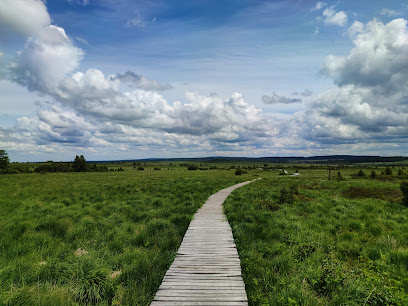
Lake Gileppe
Discover the natural beauty of Lake Gileppe, Belgium - a serene retreat for hiking, kayaking, and enjoying stunning landscapes.
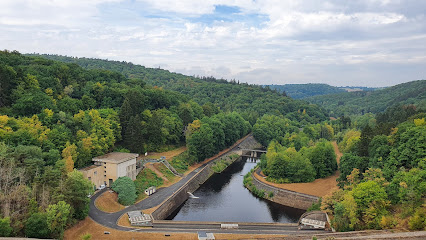
Castle of Reinhardstein
Explore the captivating Castle of Reinhardstein in Waimes, a blend of medieval history, breathtaking landscapes, and vibrant cultural experiences.
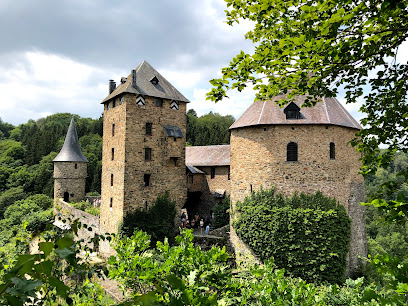
Cascade du Bayehon
Explore the stunning Cascade du Bayehon, a captivating nature preserve and waterfall in the heart of the Belgian Ardennes, perfect for outdoor enthusiasts.

Hohes Venn Railbike
Explore the stunning landscapes of Leykaul with Hohes Venn Railbike – an exhilarating adventure blending nature, fun, and unforgettable memories.
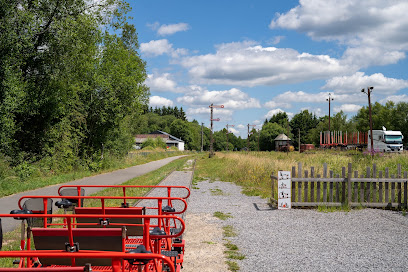
Le Domaine Des Hautes Fagnes
Discover serenity and rejuvenation at Le Domaine Des Hautes Fagnes, your ideal retreat in the heart of Belgium's picturesque Hautes Fagnes region.

Naturzentrum Haus Ternell
Explore the beauty of the Fagnes region at Naturzentrum Haus Ternell, a must-visit tourist center for nature lovers and adventurers.
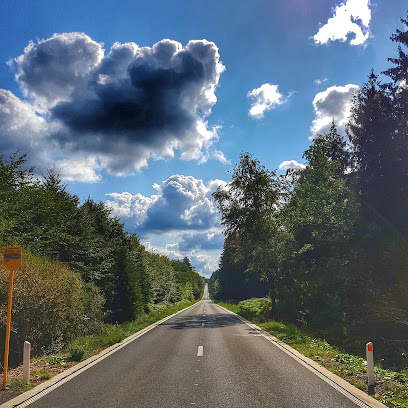
La Maison du Parc-Botrange
Discover the enchanting High Fens at La Maison du Parc-Botrange, your essential hub for exploration and adventure in Belgium's natural beauty.
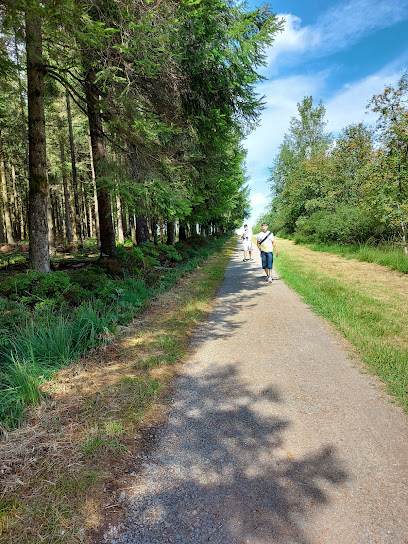
High Fens
Discover the breathtaking landscapes and unique biodiversity of High Fens, a serene upland paradise perfect for outdoor adventures and nature lovers.
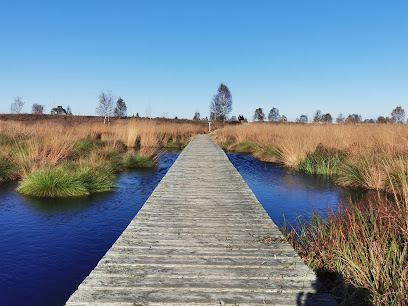
Rocher De Falize
Discover the stunning panoramic views of Rocher De Falize, a must-see scenic spot in Malmedy, Belgium, perfect for nature lovers and outdoor enthusiasts.
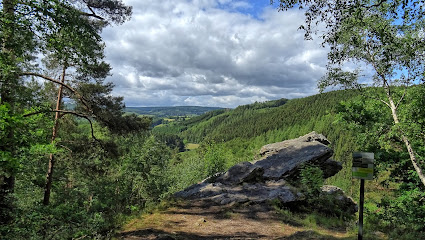
Hohes Venn
Discover the enchanting beauty of Hohes Venn, a stunning national park in Belgium, perfect for hiking, birdwatching, and immersing in nature's tranquility.

Fagne de Malchamps
Explore the breathtaking trails and rich biodiversity of Fagne de Malchamps, a stunning national park perfect for hiking and nature lovers in Spa, Belgium.
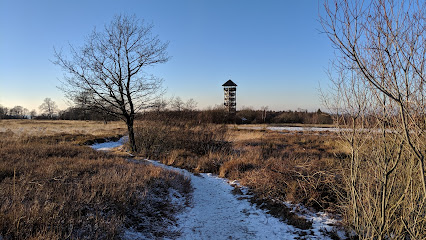
Plateau Size - Natural Park of the Two Ourthes
Explore the breathtaking Plateau Size in the Natural Park of the Two Ourthes, a nature preserve perfect for outdoor activities and serene landscapes.
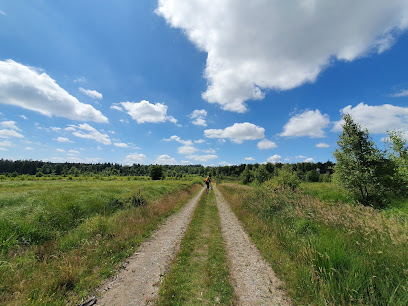
Promenade de la Fagne Sacrawe
Discover the enchanting landscapes and diverse wildlife at Promenade de la Fagne Sacrawe, a top hiking destination in the beautiful Ardennes region of Belgium.
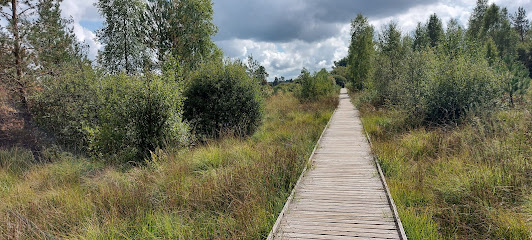
Panorama sur les Hautes Fagnes / Hohes Venn
Experience breathtaking views and diverse landscapes at Panorama sur les Hautes Fagnes, Belgium's highest point, perfect for nature lovers and adventurers.
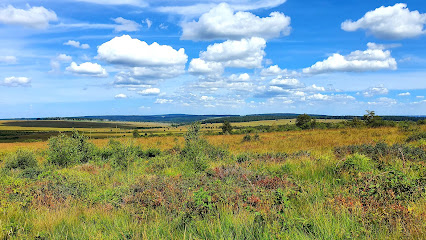
Unmissable attractions to see
Nationalpark Eifel
Explore the stunning landscapes and rich biodiversity of Nationalpark Eifel, a top destination for nature lovers and outdoor enthusiasts in Germany.
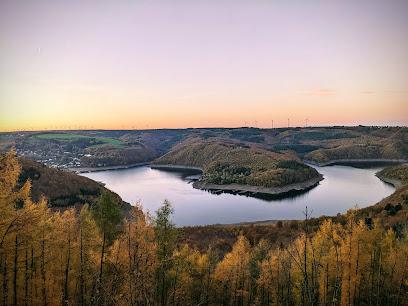
Plopsa Coo
Experience the thrill and excitement of Plopsa Coo, Belgium's premier theme park with roller coasters, family rides, and breathtaking scenery.
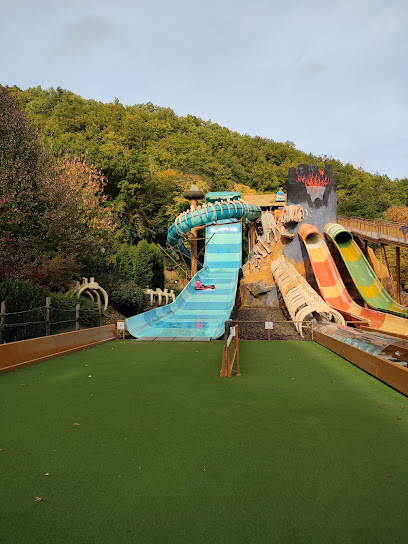
High Fens-Eifel Nature Park
Discover the breathtaking beauty of High Fens-Eifel Nature Park, a paradise for nature lovers and outdoor enthusiasts in Belgium.
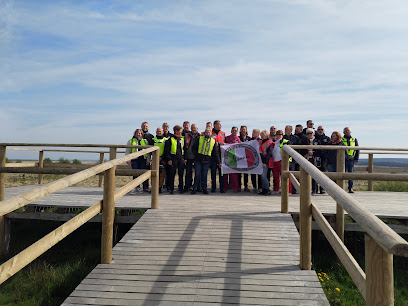
Lake Gileppe
Explore the scenic beauty of Lake Gileppe, a stunning destination for outdoor activities and relaxation in the heart of Belgium's Ardennes.
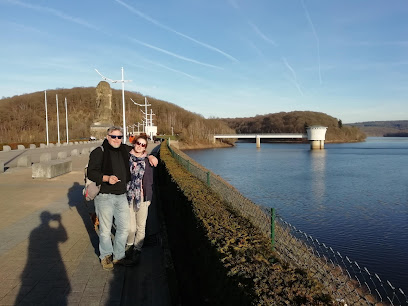
Fort Eben-Emael
Discover the rich history and stunning architecture of Fort Eben-Emael, a World War II fortress offering breathtaking views and fascinating tours in Liège, Belgium.
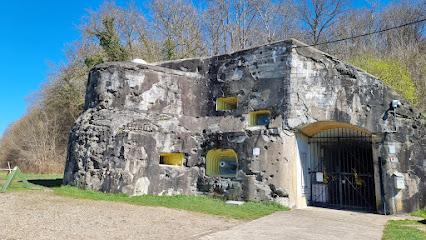
Promenade de la Hoëgne / La Hoëgne Valley
Explore the breathtaking landscapes of Hoëgne Valley in Belgium, where nature, tranquility, and adventure await every traveler.
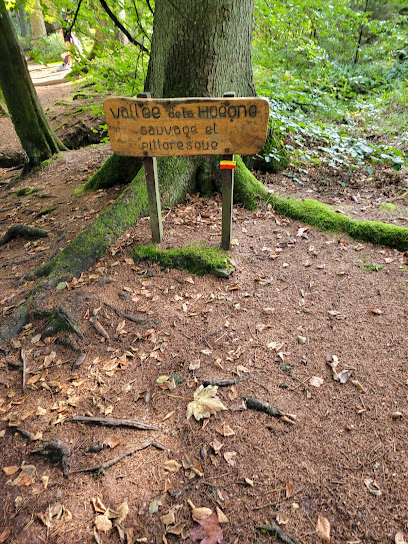
Wilder Kermeter natural adventure park
Discover the exhilarating Wilder Kermeter natural adventure park, where adventure meets nature in a breathtaking national park experience.

Cascade du Bayehon
Experience the stunning beauty of Cascade du Bayehon, a natural wonder in the heart of the Ardennes, perfect for nature lovers and adventure seekers alike.

Parc de 7 Heures
Explore Parc de 7 Heures, a stunning state park in Spa, Belgium, perfect for nature lovers and outdoor enthusiasts seeking tranquility.
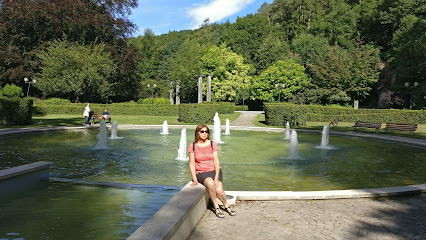
Franchimont Castle
Explore Franchimont Castle in Theux, Belgium – a stunning medieval fortress with rich history and breathtaking views, perfect for all travelers seeking adventure.
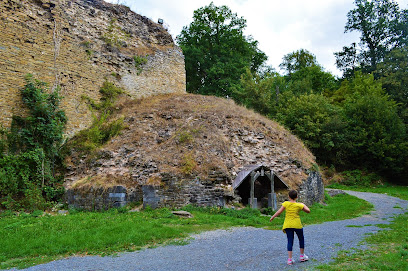
Hohes Venn Railbike
Experience the thrill of cycling through stunning landscapes at Hohes Venn Railbike in Leykaul, Belgium, where adventure meets breathtaking scenery.
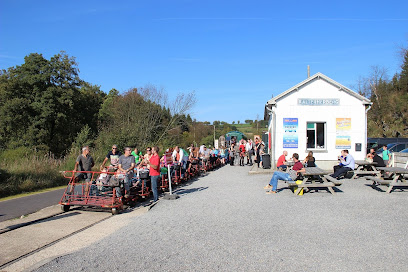
Naturzentrum Haus Ternell
Explore the natural beauty of Haus Ternell, a top tourist attraction in the Ardennes, offering educational experiences and breathtaking landscapes for all ages.
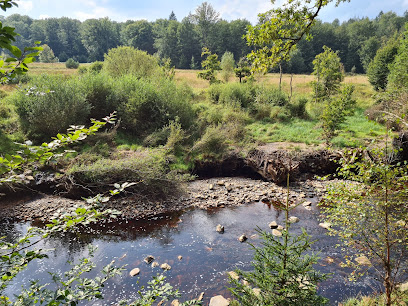
La Maison du Parc-Botrange
Explore the natural wonders of the Hautes Fagnes at La Maison du Parc-Botrange, your essential guide to outdoor adventures in Belgium.
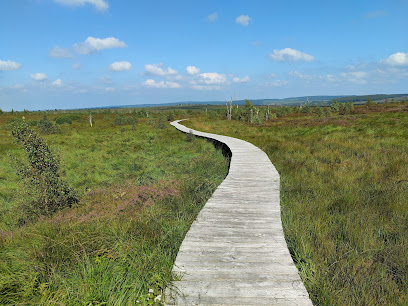
Malmundarium
Explore the Malmundarium: A cultural treasure trove in Malmedy, Belgium, showcasing local history, heritage, and vibrant community events.
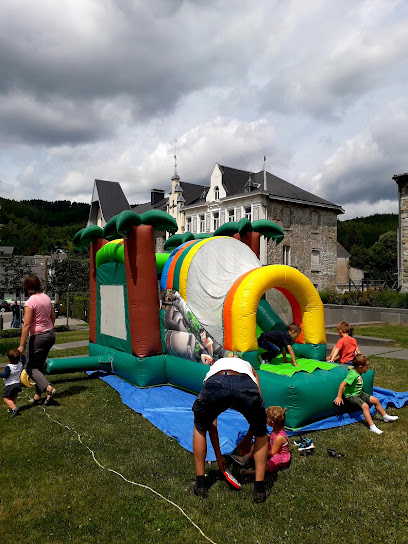
Fort de Loncin (FSFL)
Experience Belgium's rich military history at Fort de Loncin, a fascinating fortress and war museum in Ans, showcasing the essence of resilience and valor.
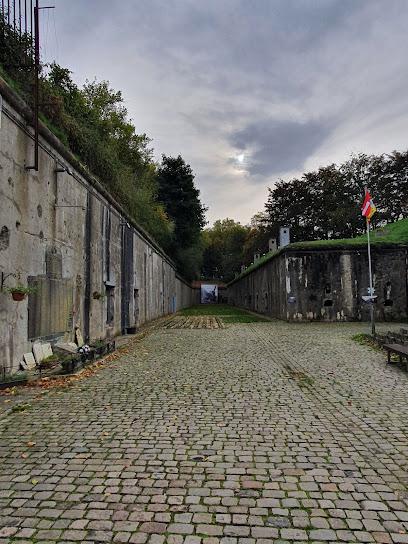
Essential places to dine
Belgium Peak Beer
Discover authentic Belgian brews and delightful cuisine at Belgium Peak Beer, nestled in the stunning Hautes Fagnes region.
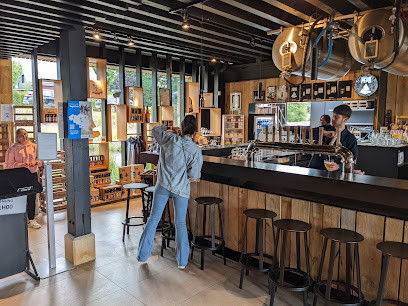
La Baraque Michel
Experience authentic Belgian cuisine amidst breathtaking views at La Baraque Michel – where culinary delights meet nature's beauty.
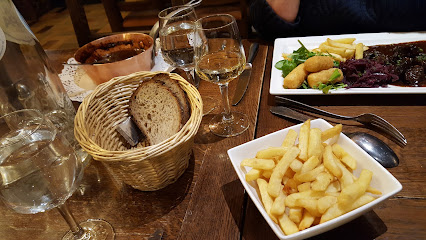
Brasserie des Fagnes
Experience authentic Belgian cuisine at Brasserie des Fagnes in Couvin – where local flavors meet a vibrant brewpub atmosphere.
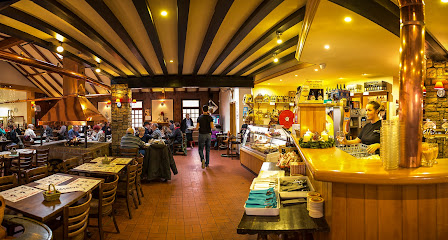
Le Domaine Des Hautes Fagnes
Experience exceptional dining and wellness at Le Domaine Des Hautes Fagnes – your perfect getaway in Belgium's stunning natural landscape.

Hotel-Restaurant Bütgenbacher Hof
Discover culinary delights and rejuvenating wellness at Hotel-Restaurant Bütgenbacher Hof in beautiful Bütgenbach, Belgium.
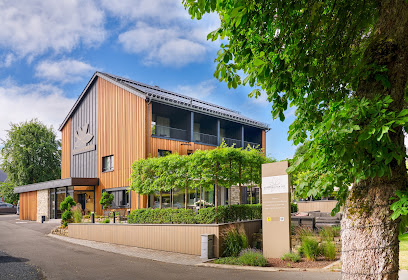
Le Signal de Botrange
Discover breathtaking views and traditional European cuisine at Le Signal de Botrange, Belgium's highest point surrounded by nature.
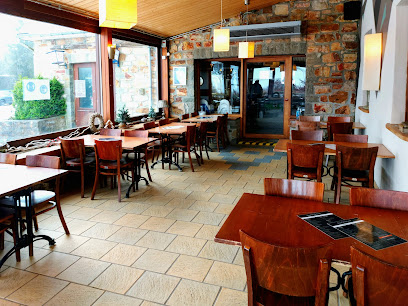
Le Mont Rigi
Experience exquisite dining and breathtaking views at Le Mont Rigi – your perfect retreat in Waimes amidst nature's beauty.

L'Endroit
Experience authentic Belgian cuisine in the heart of Malmedy at L'Endroit - where every dish is a celebration of local flavors.
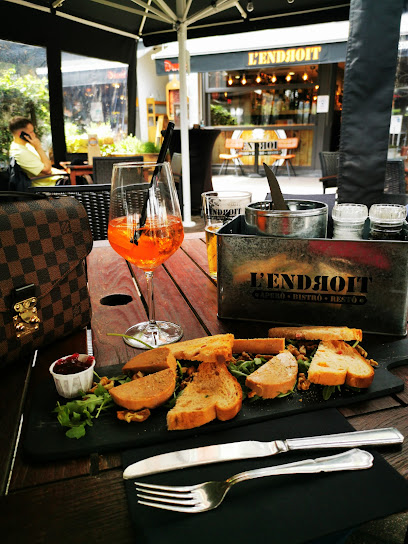
Auberge du Lac
Experience authentic Belgian cuisine at Auberge du Lac in Waimes; where delicious food meets stunning lakeside views.
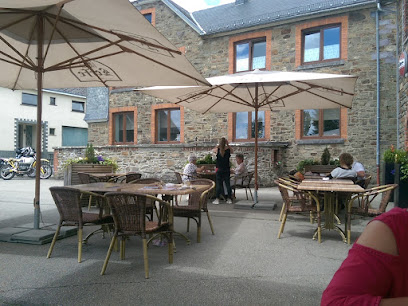
Moulin du Bayehon
Experience authentic Belgian cuisine amidst stunning natural beauty at Moulin du Bayehon in Malmedy.
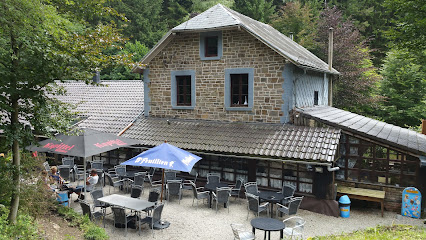
Chez Remy
Discover the essence of Belgian cuisine at Chez Remy in Malmedy - a culinary gem offering traditional dishes and local flavors.
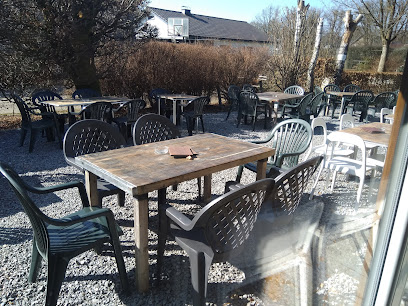
Chez Gerty
Experience authentic Belgian flavors at Chez Gerty, a charming brasserie in Waimes offering delicious dishes and warm hospitality.
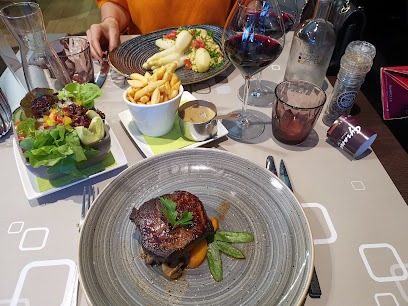
Le petit Mont Rigi
Experience authentic Belgian cuisine amidst the stunning landscapes of Hautes Fagnes at Le Petit Mont Rigi.
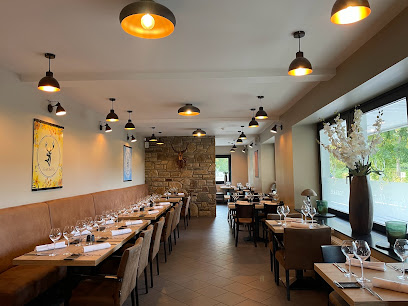
Brüls
Experience authentic Belgian cuisine at Brüls in Bütgenbach, where local ingredients meet traditional recipes for an unforgettable dining experience.
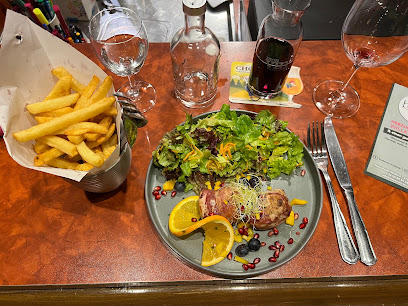
La Faitafondue
Experience authentic Belgian fondue at La Faitafondue in Waimes - where every bite is a taste of tradition and warmth.
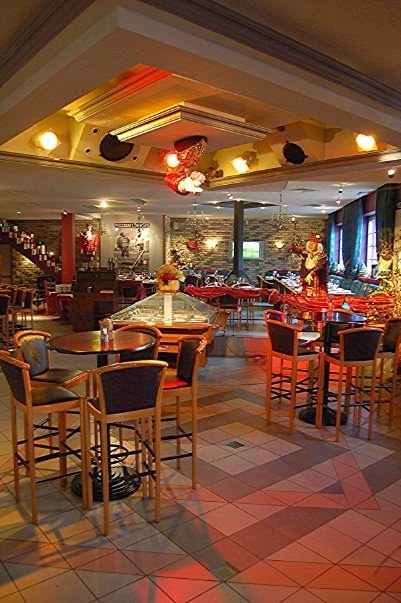
Markets, malls and hidden boutiques
Shopping Nivelles
Experience the ultimate shopping adventure at Shopping Nivelles, where local charm meets global brands in a friendly atmosphere.
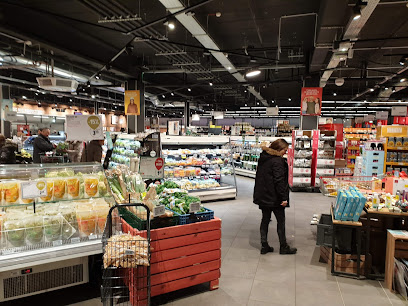
Le Domaine Des Hautes Fagnes
Discover the beauty of nature and relaxation at Le Domaine Des Hautes Fagnes, your ultimate retreat in Waimes, Belgium.

Comptoir des Fagnes
Explore the delightful Comptoir des Fagnes in Couvin, a grocery store offering local specialties and bulk items perfect for every traveler.

La Maison du Parc-Botrange
Explore the natural beauty of Hautes Fagnes at La Maison du Parc-Botrange, Belgium's highest visitor center with stunning views and rich biodiversity.
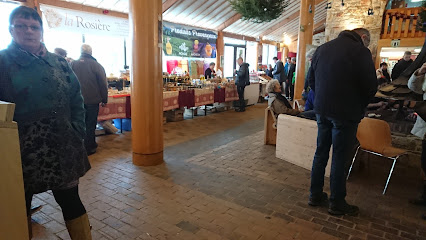
TotalEnergies
Discover convenience at TotalEnergies in Waimes, where quality fuel meets fresh coffee and delicious sandwiches for every traveler.

Les Choses Chouettes de Sombreffe
Explore the whimsical world of Les Choses Chouettes de Sombreffe, a charming gift shop offering toys, crafts, and art supplies for all ages.
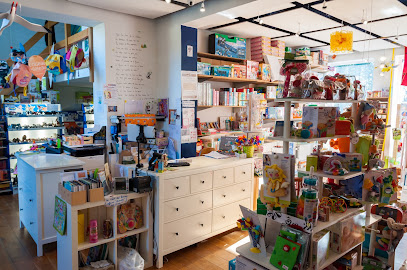
Burkardt Srl.
Discover Burkardt Srl. in Waimes: Your ultimate destination for bicycles, fitness gear, and wellness products amidst Belgium's stunning landscapes.
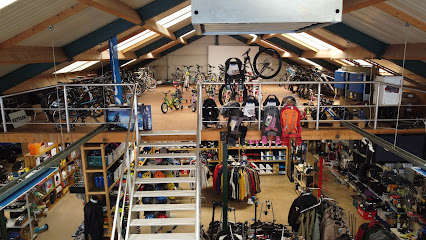
Monschauer allerlei im ehemaligem Handwerkermarkt. Chrissys-in, Geschenkartikel, Taschen, Ledergürtel, Geldbörsen, Altstadt
Explore Chrissys-in, Monschau's vibrant gift shop offering unique local crafts, leather goods, and fashion accessories in a charming historic setting.
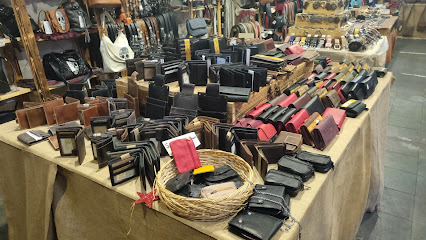
Boutique Dressy
Explore the chic offerings of Boutique Dressy, a premier women's clothing store in Fleurus, Belgium, showcasing stylish apparel and accessories.

Boulangerie Philippe Hennes
Experience the authentic taste of Belgium at Boulangerie Philippe Hennes, where fresh breads and exquisite pastries await your visit.
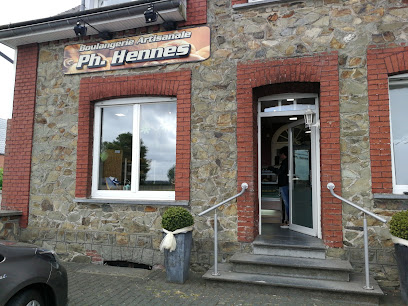
Garage Van Leendert sprl
Discover Garage Van Leendert in Waimes, a trusted car dealer and repair shop specializing in Isuzu and Suzuki vehicles, perfect for all your automotive needs.
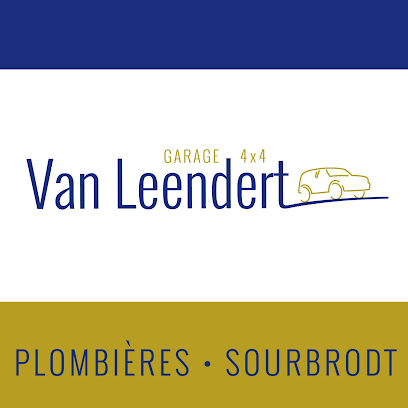
Boucherie Schneider
Discover the rich flavors of Belgium at Boucherie Schneider, a premier butcher shop in Waimes, known for its quality meats and local specialties.
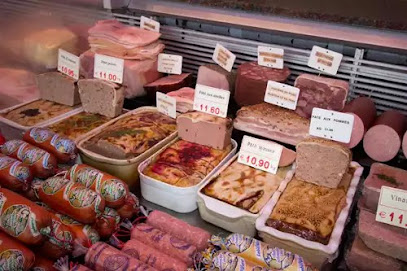
Scripta
Explore Scripta in Malmedy for a unique shopping experience filled with art supplies, books, and charming stationery.
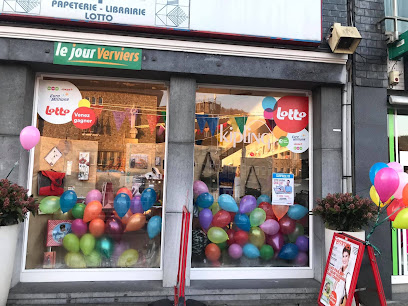
BONCADO
Explore Boncado Gift Shop in Malmedy for unique souvenirs and local crafts that capture the essence of your travels.

Les capricieuses
Explore the fashion haven of Les Capricieuses in Fleurus, offering a splendid range of clothing that perfectly blends style and elegance.

Essential bars & hidden hideouts
Belgium Peak Beer
Discover the charm of Belgium Peak Beer in Waimes — where craft brews and traditional cuisine meet in a cozy brewpub atmosphere.

La Baraque Michel
Discover the essence of Belgian gastronomy at La Baraque Michel, a charming restaurant in Jalhay offering a taste of tradition and local flavors.
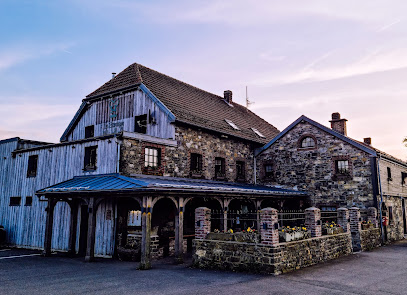
Pub 24
Discover the charm of Pub 24 in Bütgenbach, where delicious food meets vibrant entertainment in a welcoming gastropub atmosphere.
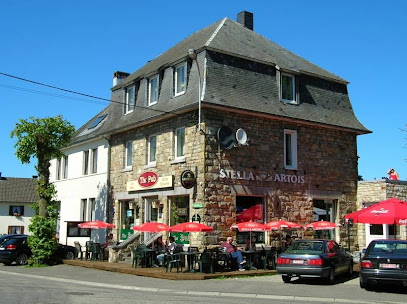
Le Mont Rigi
Experience culinary delights and scenic beauty at Le Mont Rigi, a charming brasserie and hotel in Waimes, Belgium, perfect for travelers seeking relaxation.
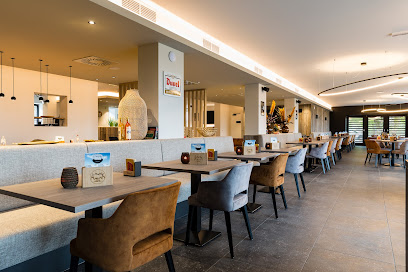
Scotch Inn
Experience the charm of Scotch Inn in Malmedy, where great drinks and a friendly atmosphere await every visitor.
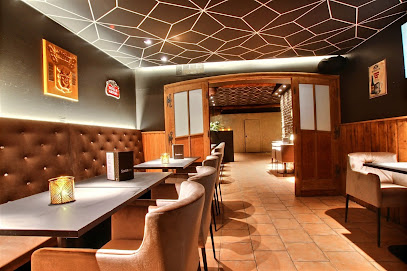
Le petit Mont Rigi
Experience the essence of Belgium at Le Petit Mont Rigi with exquisite local cuisine and stunning views in Waimes.
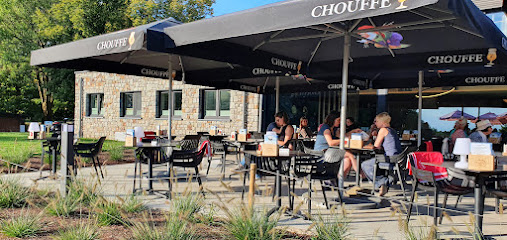
Bar à Bout des Charmilles
Experience the perfect blend of European cuisine and natural beauty at Bar à Bout des Charmilles in Waimes, Belgium.
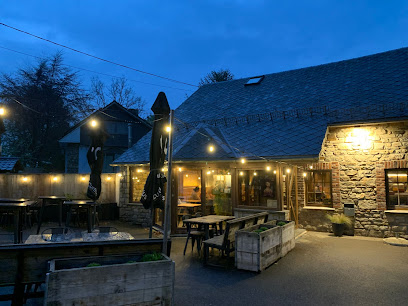
Taverne de Rome
Discover the charm of Taverne de Rome in Malmedy, a lively pub offering a taste of local culture, delicious Belgian cuisine, and a warm atmosphere.
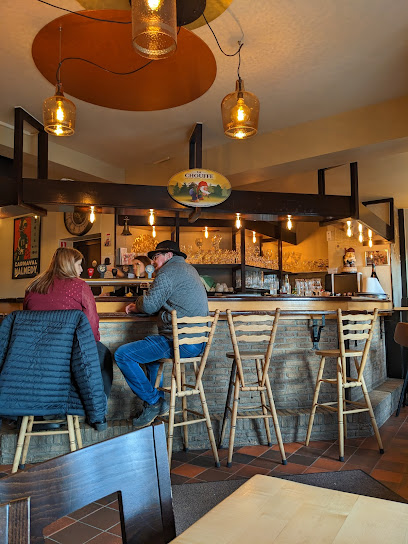
Level Five
Discover Level Five in Eupen, where sophisticated ambiance meets exquisite drinks for an unforgettable nightlife experience.
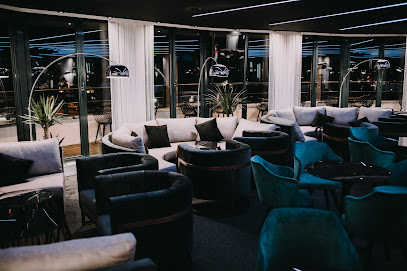
Taverne A’Lutze
Experience the authentic taste of Belgium at Taverne A’Lutze, a cozy pub and café in Bütgenbach, perfect for food lovers and travelers.

Velvet Bar
Experience the vibrant charm of Velvet Bar in Malmedy, where great drinks and a friendly atmosphere await your visit.
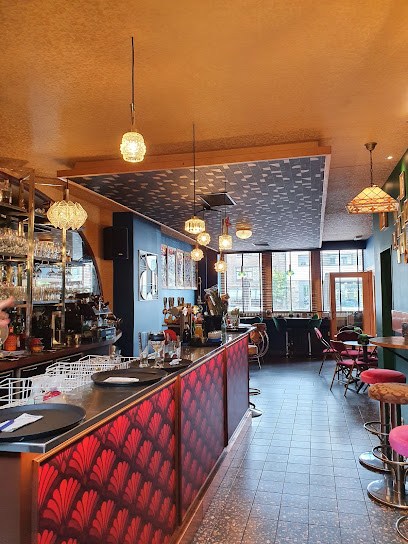
Café des Sports
Discover the cozy charm of Café des Sports in Bütgenbach, a perfect pub for drinks, snacks, and local culture.
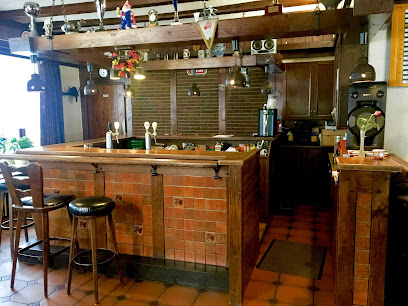
Bar à Barras
Discover the charm of Bar à Barras in Waimes, where local flavors and a cozy atmosphere await every traveler.
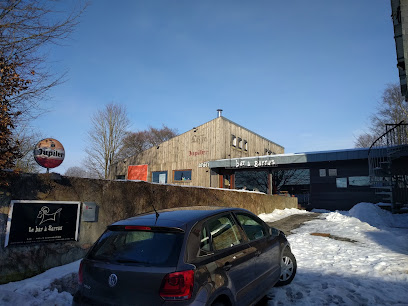
Chez Bertrand
Experience the heart of Stavelot at Chez Bertrand, a cozy pub offering local drinks, delicious snacks, and a welcoming atmosphere for all.
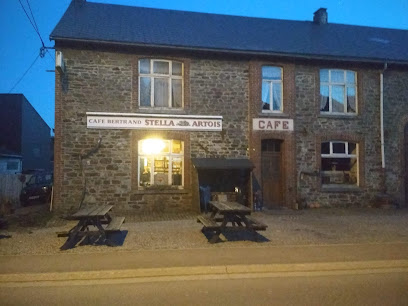
Café Thomas
Discover the cozy charm of Café Thomas, a popular pub in Bütgenbach offering a delightful mix of local drinks and friendly atmosphere.
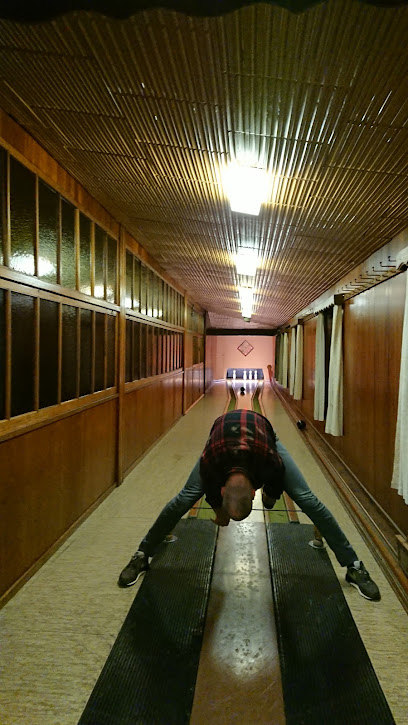
Local Phrases about Hautes Fagnes
-
- HelloSalut
[sah-LOO] - GoodbyeAu revoir
[oh reh-VWAH] - YesOui
[WEE] - NoNon
[noh] - Please/You're welcomeS'il vous plaît/De rien
[seel voo pleh/duh ree-AHN] - Thank youMerci
[mehr-SEE] - Excuse me/SorryExcusez-moi/Désolé
[ehk-SKEW-zay mwah/deh-zoh-LAY] - How are you?Comment ça va?
[kohm-ahn sah vah] - Fine. And you?Bien. Et toi?
[byen/et twah] - Do you speak English?Parlez-vous anglais?
[par-lay voo ahn-GLAY] - I don't understandJe ne comprends pas
[zhuh nuh kohm-prahn pah]
- HelloSalut
-
- I'd like to see the menu, pleaseJe voudrais voir la carte, s'il vous plaît
[zhuh voo-dray vwahr lah kart, seel voo pleh] - I don't eat meatJe ne mange pas de viande
[zhuh nuh mahnj pah duh vyand] - Cheers!Santé!
[sahn-TAY] - I would like to pay, pleaseJe voudrais payer, s'il vous plaît
[zhuh voo-dray peh-yay, seel voo pleh]
- I'd like to see the menu, pleaseJe voudrais voir la carte, s'il vous plaît
-
- Help!Au secours!
[oh seh-KOOR] - Go away!Allez-vous en!
[ah-lay vooz ahn] - Call the Police!Appelez la police!
[ah-pleh lah poh-LEES] - Call a doctor!Appelez un médecin!
[ah-pleh uh may-deh-SAN] - I'm lostJe suis perdu
[zhuh swee pair-doo] - I'm illJe suis malade
[zhuh swee mah-LAHD]
- Help!Au secours!
-
- I'd like to buy...Je voudrais acheter...
[zhuh voo-dray ah-shet-ay] - I'm just lookingJe regarde juste
[zhuh ruh-gard zhoost] - How much is it?Combien ça coûte?
[kohm-byen sah koot] - That's too expensiveC'est trop cher
[say troh shair] - Can you lower the price?Pouvez-vous baisser le prix?
[poo-veh voo beh-say luh pree]
- I'd like to buy...Je voudrais acheter...
-
- What time is it?Quelle heure est-il?
[kehl uhr ay eel] - It's one o'clockIl est une heure
[eel ayz uhn uhr] - Half past (10)Dix heures et demie
[dees uhr ay duh-MEE] - MorningMatin
[ma-TAN] - AfternoonAprès-midi
[ah-PRAY mee-DEE] - EveningSoir
[swahr] - YesterdayHier
[ee-AIR] - TodayAujourd'hui
[oh-zhoor-DWEE] - TomorrowDemain
[duh-MAN] - 1Un
[uhn] - 2Deux
[duh] - 3Trois
[twah] - 4Quatre
[kat] - 5Cinq
[sank] - 6Six
[sees] - 7Sept
[sett] - 8Huit
[weet] - 9Neuf
[nuff] - 10Dix
[dees]
- What time is it?Quelle heure est-il?
-
- Where's a/the...?Où est...?
[oo eh...] - What's the address?Quelle est l'adresse?
[kehl eh la-dress] - Can you show me (on the map)?Pouvez-vous me montrer (sur la carte)?
[poo-veh voo muh mohn-tray (soor lah kart)] - When's the next (bus)?Quand est le prochain (bus)?
[kahn eh luh proh-shahn (boos)] - A ticket (to ....)Un billet (pour ...)
[uhn bee-YAY (poor)]
- Where's a/the...?Où est...?
History of Hautes Fagnes
-
The Hautes Fagnes region, with its peat bogs and dense forests, has been inhabited since prehistoric times. Archaeological findings, including stone tools and remnants of ancient habitations, suggest that early settlers were drawn to the area due to its rich natural resources. The Celts were among the first significant groups to inhabit the region, leaving behind evidence of their presence in the form of burial mounds and other artifacts.
-
During the Middle Ages, the Hautes Fagnes region saw the establishment of several monasteries, most notably the Abbey of Stavelot and the Abbey of Malmedy, founded in the 7th century. These religious centers played a crucial role in the development of the area, bringing not only spiritual guidance but also advancements in agriculture, education, and culture. The monks were instrumental in clearing forests, draining swamps, and cultivating the land, which shaped the landscape of Hautes Fagnes significantly.
-
The strategic location of Hautes Fagnes has made it a key area in various European conflicts. During the 16th and 17th centuries, the region was a battleground for numerous wars between European powers. Its challenging terrain provided a natural defense, which was utilized by both local and invading forces. The Thirty Years' War and the War of the Spanish Succession saw significant military activity in the area, leaving behind remnants of fortifications and battle sites that can still be explored today.
-
The Industrial Revolution brought significant changes to the Hautes Fagnes region. The exploitation of natural resources, such as peat and timber, led to the development of local industries. The construction of railways and improved infrastructure in the 19th century facilitated the growth of towns and the movement of goods. This period also saw the rise of tourism as people began to appreciate the natural beauty of the region, leading to the establishment of hotels and guesthouses.
-
Hautes Fagnes played a critical role during World War II, particularly during the Battle of the Bulge in the winter of 1944-1945. This region was a focal point of the last major German offensive on the Western Front. The harsh winter conditions and challenging terrain made the battle particularly grueling. Today, visitors can find numerous memorials, museums, and preserved battle sites that commemorate the bravery and sacrifices of the soldiers who fought in this pivotal conflict.
-
In response to the growing awareness of environmental conservation, the Hautes Fagnes-Eifel Nature Park was established in 1971. This protected area aims to preserve the unique peat bogs, heathlands, and forests that characterize the region. The park is a haven for biodiversity, home to rare plant species and wildlife. It also offers extensive hiking and biking trails, allowing visitors to explore and appreciate the natural beauty and ecological importance of Hautes Fagnes.
-
The cultural heritage of Hautes Fagnes is rich and diverse, influenced by its history and geographical location. Traditional festivals, local crafts, and culinary specialties reflect the unique blend of cultural influences. The region is known for its folklore, including tales of witches and spirits that inhabit the misty bogs. Local cuisine features hearty dishes such as 'potée' (a type of stew) and regional cheeses. The preservation and celebration of these traditions continue to attract visitors who seek an authentic cultural experience.
Hautes Fagnes Essentials
-
Hautes Fagnes is located in the eastern part of Belgium, near the German border. The nearest international airport is Brussels Airport, approximately 140 kilometers away. From Brussels, you can take a train to Eupen, Verviers, or Spa, which are the closest towns to Hautes Fagnes. The journey by train takes about 2 hours. Alternatively, you can rent a car and drive to Hautes Fagnes, which offers more flexibility and allows you to explore the region at your own pace.
-
Public transportation within the Hautes Fagnes area is limited, so renting a car is highly recommended for convenience and ease of travel. Buses do operate between major towns such as Eupen, Verviers, and Spa, but they may not reach some of the more remote natural sites. Cycling is also a popular option, with many well-marked bike paths and scenic routes available. Taxis are available but can be expensive, so it's best to plan your transportation in advance.
-
The official currency in Belgium is the Euro (EUR). Credit and debit cards are widely accepted in most hotels, restaurants, and shops. However, it is advisable to carry some cash for use in smaller establishments, rural areas, and during outdoor activities. ATMs are available in towns like Eupen and Verviers, so you can withdraw cash as needed.
-
Hautes Fagnes is generally a safe destination for tourists. However, standard precautions should always be taken. Avoid leaving valuables in your car or unattended in public places. While there are no specific high-crime areas targeting tourists, it is always best to stay vigilant and aware of your surroundings, especially in crowded places. When hiking or exploring the natural reserves, stick to marked trails and inform someone of your plans.
-
In case of an emergency, dial 112 for immediate assistance. This number connects you to police, fire, and medical services. The nearest hospitals are located in Eupen and Verviers. It is recommended to have travel insurance that covers medical emergencies. For minor health issues, pharmacies are available in the nearby towns where you can purchase over-the-counter medications.
-
Fashion: Do wear comfortable and weather-appropriate clothing. Layering is advisable due to the changing weather conditions in the region. Avoid wearing high heels or non-supportive footwear if you plan to hike. Religion: Do respect local customs and traditions if you visit religious sites. Public Transport: Do be courteous and offer your seat to elderly passengers. Don't eat or drink on public transport. Greetings: Do greet people with a handshake or a friendly 'Bonjour' or 'Guten Tag', depending on the language spoken in the area. Eating & Drinking: Do try local delicacies such as Ardennes ham and local cheeses. Don't refuse hospitality, as it is considered impolite.
-
To experience Hautes Fagnes like a local, visit the Nature Center in Botrange, which provides insights into the region's unique ecosystem and history. Engage with locals, as they are often friendly and willing to share tips about the best trails and hidden spots. Don't miss the chance to explore the peat bogs and nature reserves, which offer stunning landscapes and diverse wildlife. For a unique experience, consider visiting during the winter months for cross-country skiing and snowshoe hiking.
Trending Landmarks in Hautes Fagnes
-
High Fens-Eifel Nature Park
-
Lake Gileppe
-
Castle of Reinhardstein
-
Cascade du Bayehon
-
Hohes Venn Railbike
-
Le Domaine Des Hautes Fagnes
-
Naturzentrum Haus Ternell
-
La Maison du Parc-Botrange
-
High Fens
-
Rocher De Falize
-
Hohes Venn
-
Fagne de Malchamps
-
Plateau Size - Natural Park of the Two Ourthes
-
Promenade de la Fagne Sacrawe
-
Panorama sur les Hautes Fagnes / Hohes Venn
Nearby Cities to Hautes Fagnes
-
Things To Do in Aachen
-
Things To Do in Liege
-
Things To Do in Maastricht
-
Things To Do in Durbuy
-
Things To Do in La Roche-en-Ardenne
-
Things To Do in Clervaux
-
Things To Do in Wiltz
-
Things To Do in Genk
-
Things To Do in Vianden
-
Things To Do in Hasselt
-
Things To Do in Diekirch
-
Things To Do in Bonn
-
Things To Do in Cologne
-
Things To Do in Echternach
-
Things To Do in Namur











